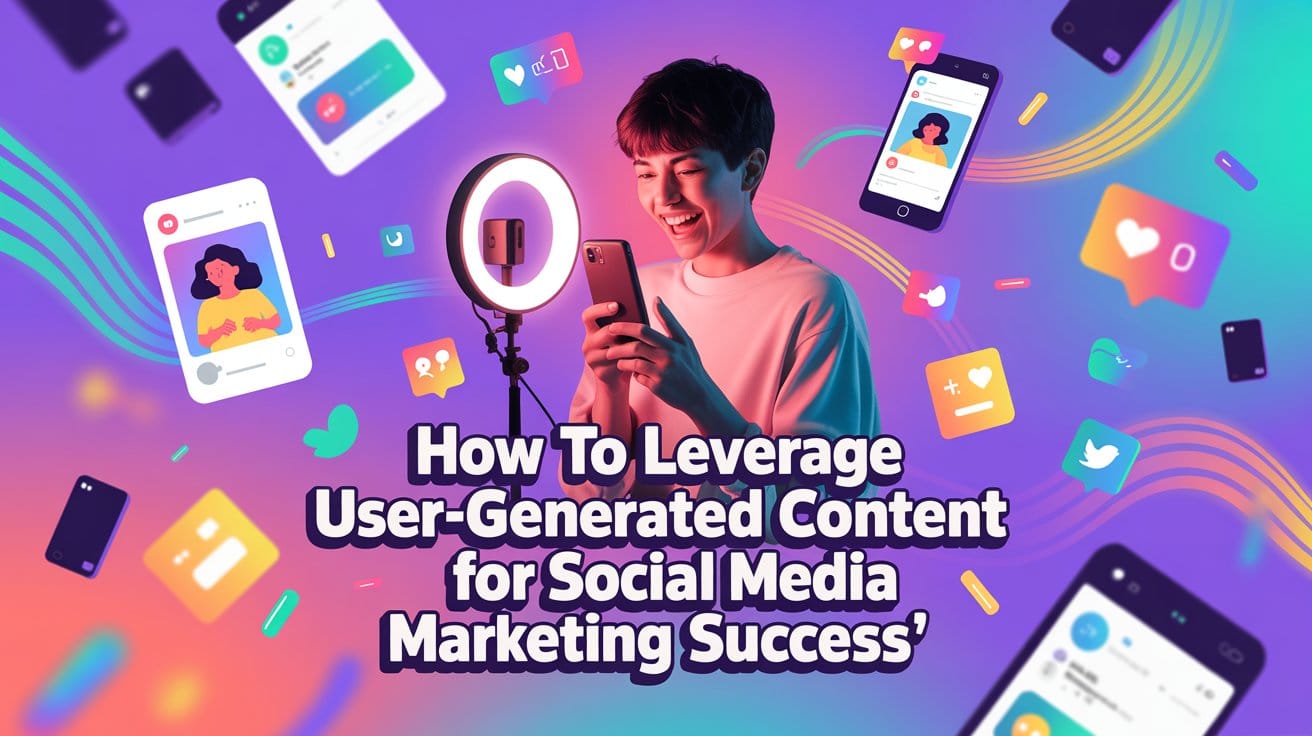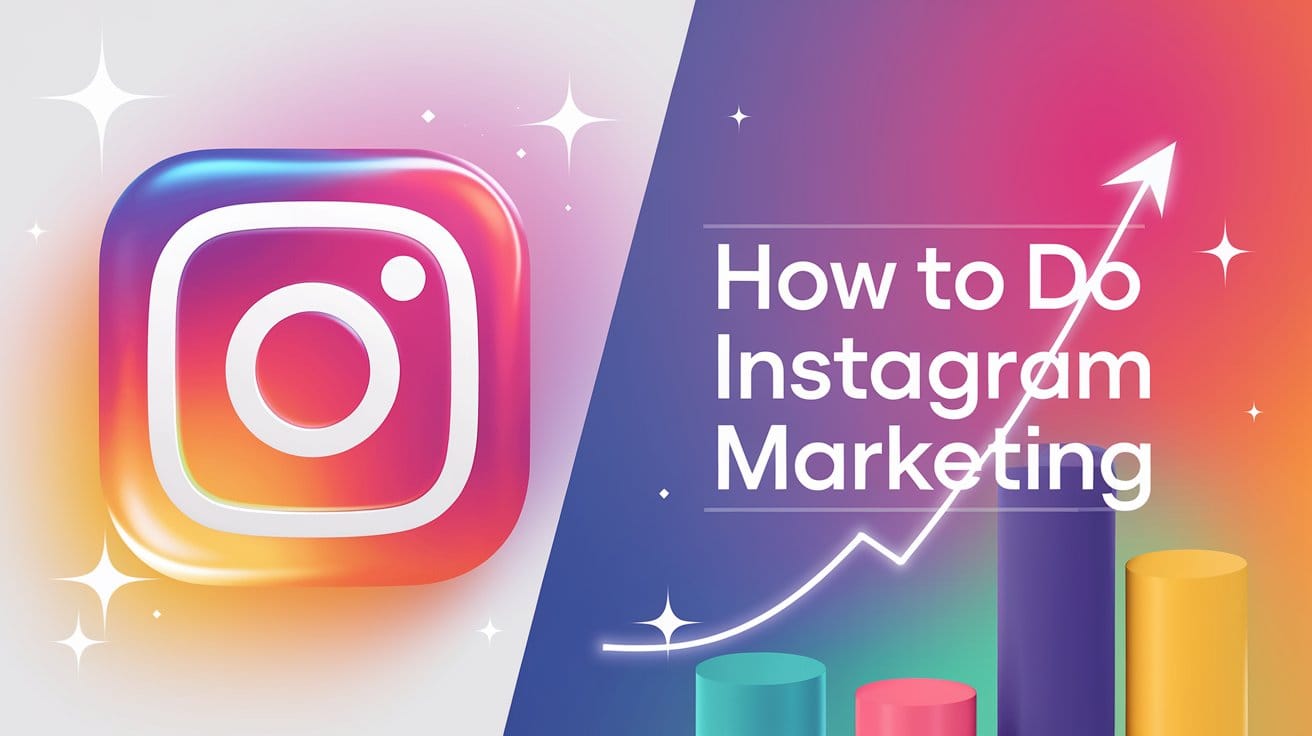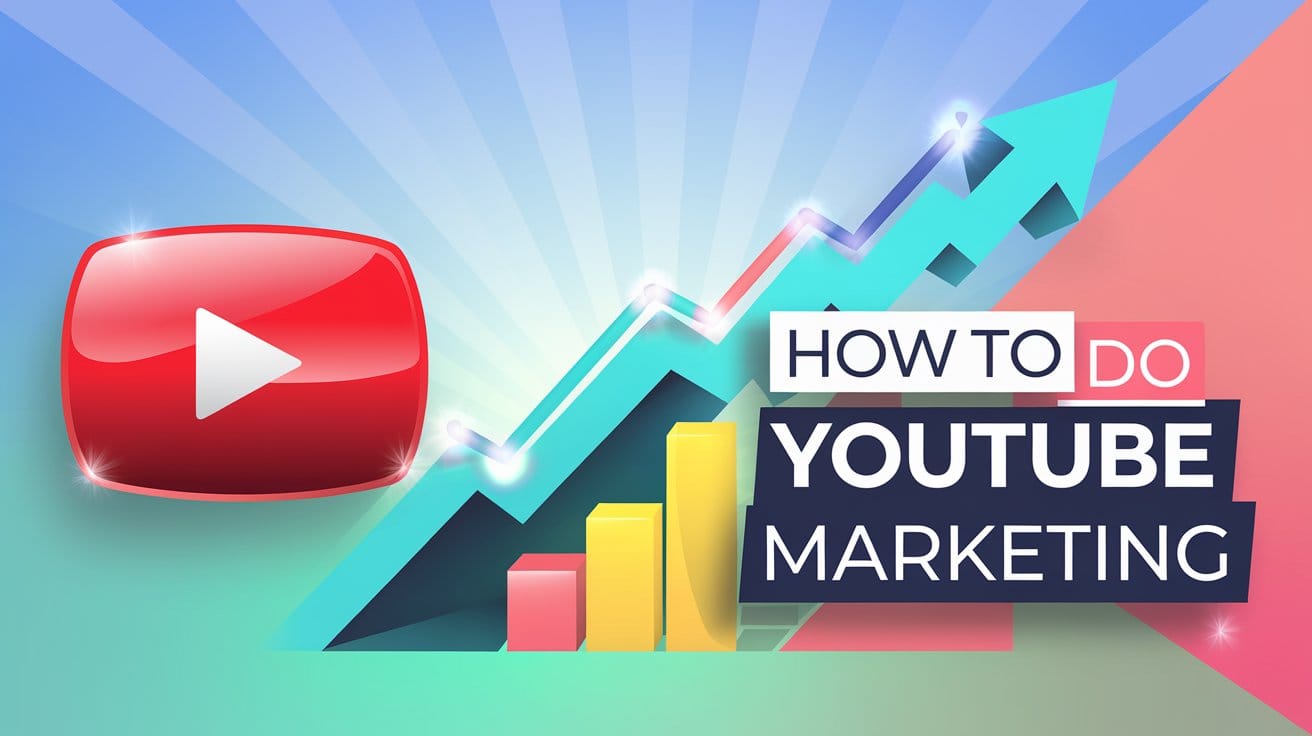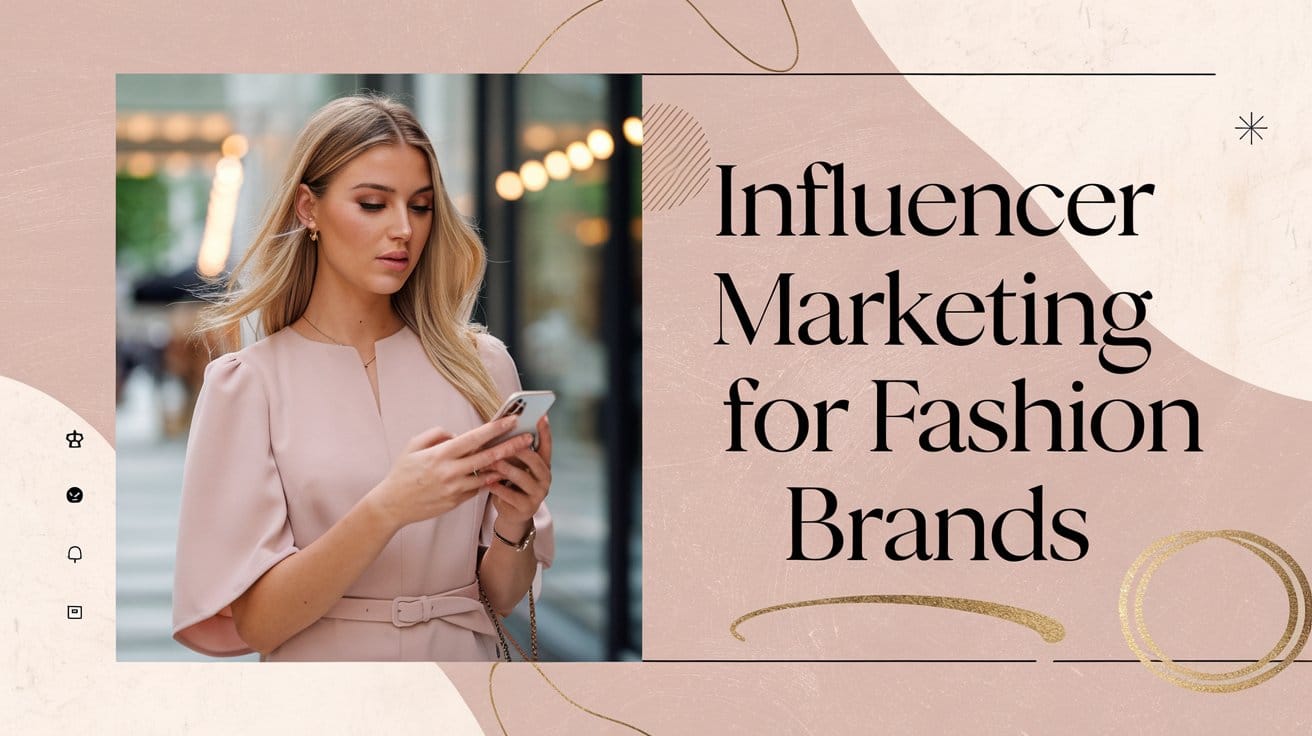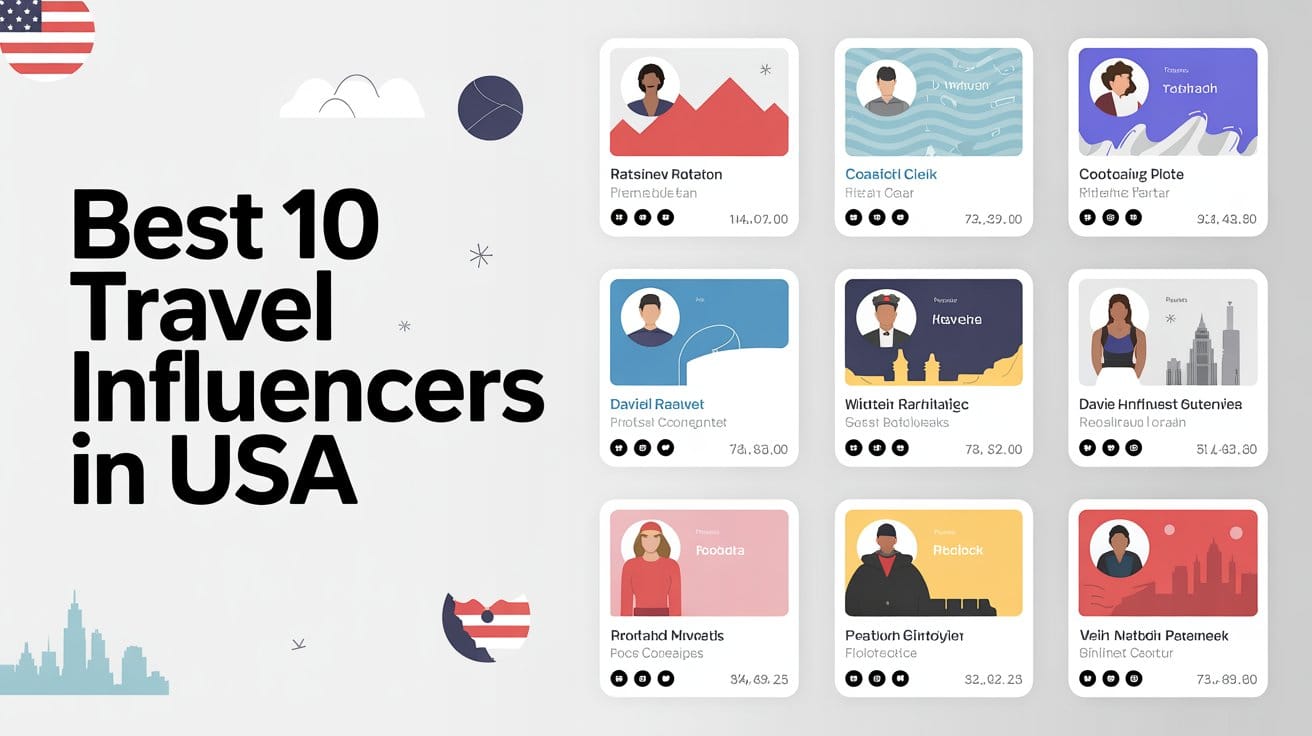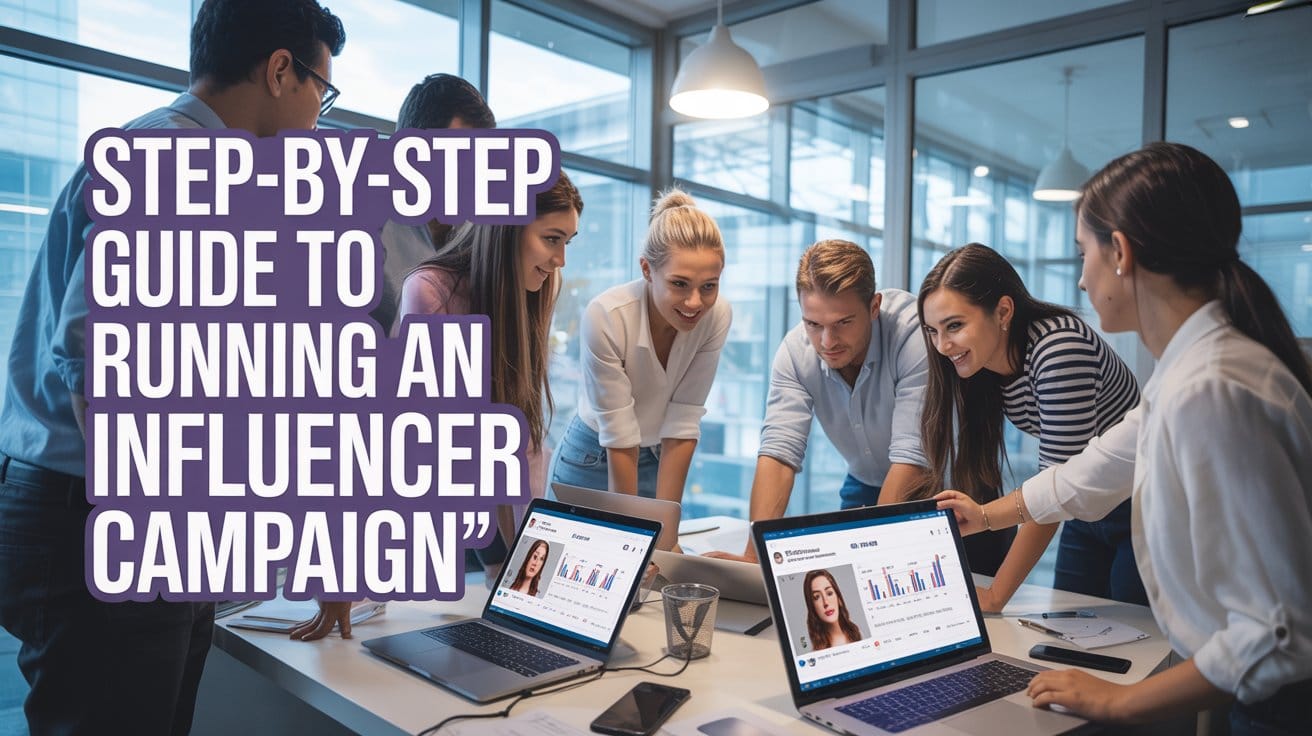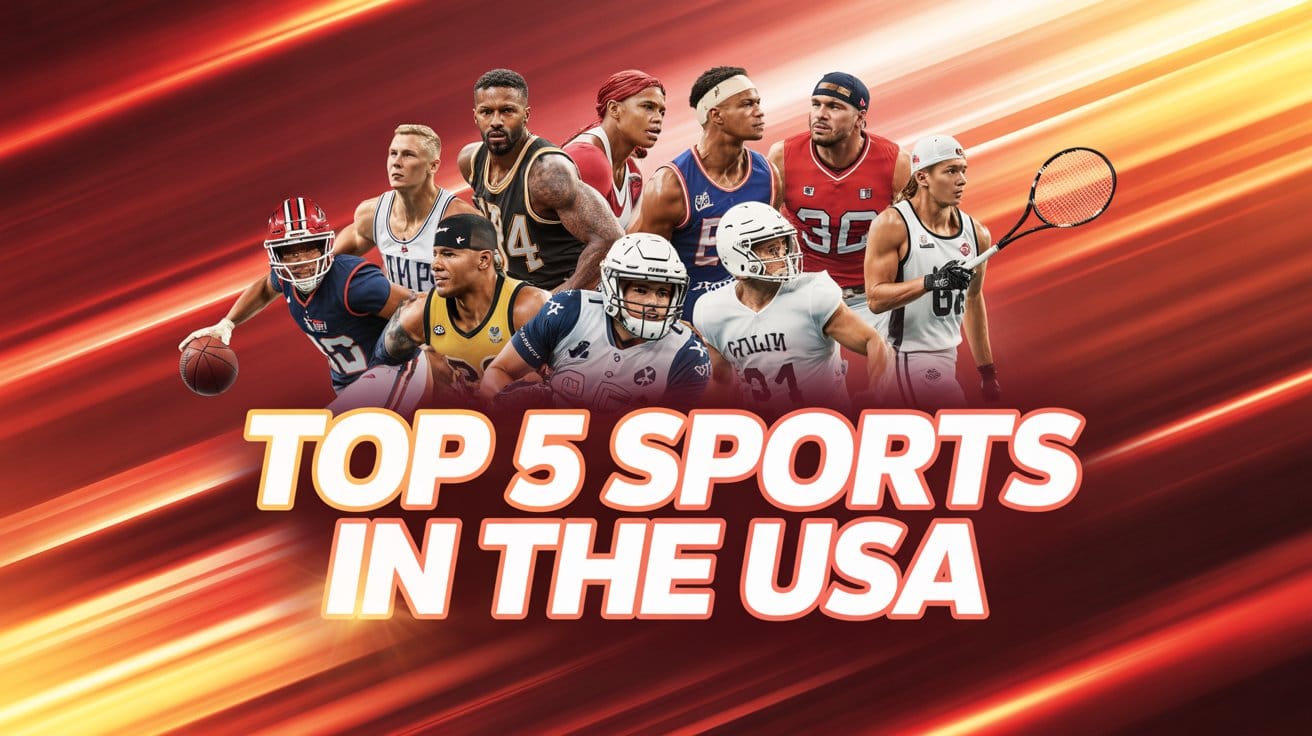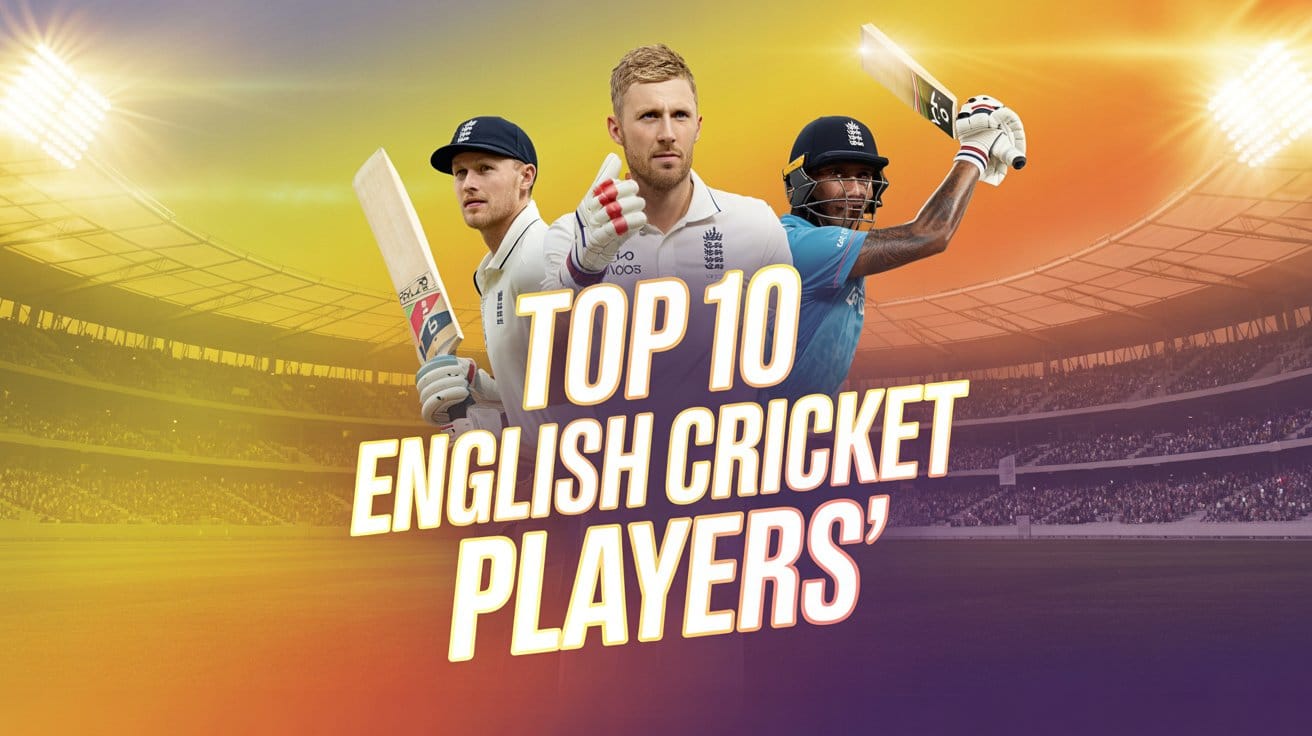The Rise of UGC: Turning Customers into Storytellers and Brands into Communities
The way people engage with brands has transformed drastically in the last decade. Today, it’s no longer about what a brand says about itself, but rather what customers say and share about it. This is the power of user-generated content (UGC), authentic content created by real users, which influences buying decisions far more than traditional advertising.
In India, where social media platforms like Instagram, YouTube, ShareChat, and Moj dominate daily life, this shift is even more pronounced. With over 600 million active internet users, India is a goldmine for UGC, with people sharing reviews, memes, unboxing videos, reels, and testimonials every day. This wave of customer-led storytelling is reshaping how Indian brands build credibility and loyalty online. A recent survey found that 90% of Indian millennials trust peer recommendations more than brand ads, making UGC an essential part of every brand’s social media strategy.
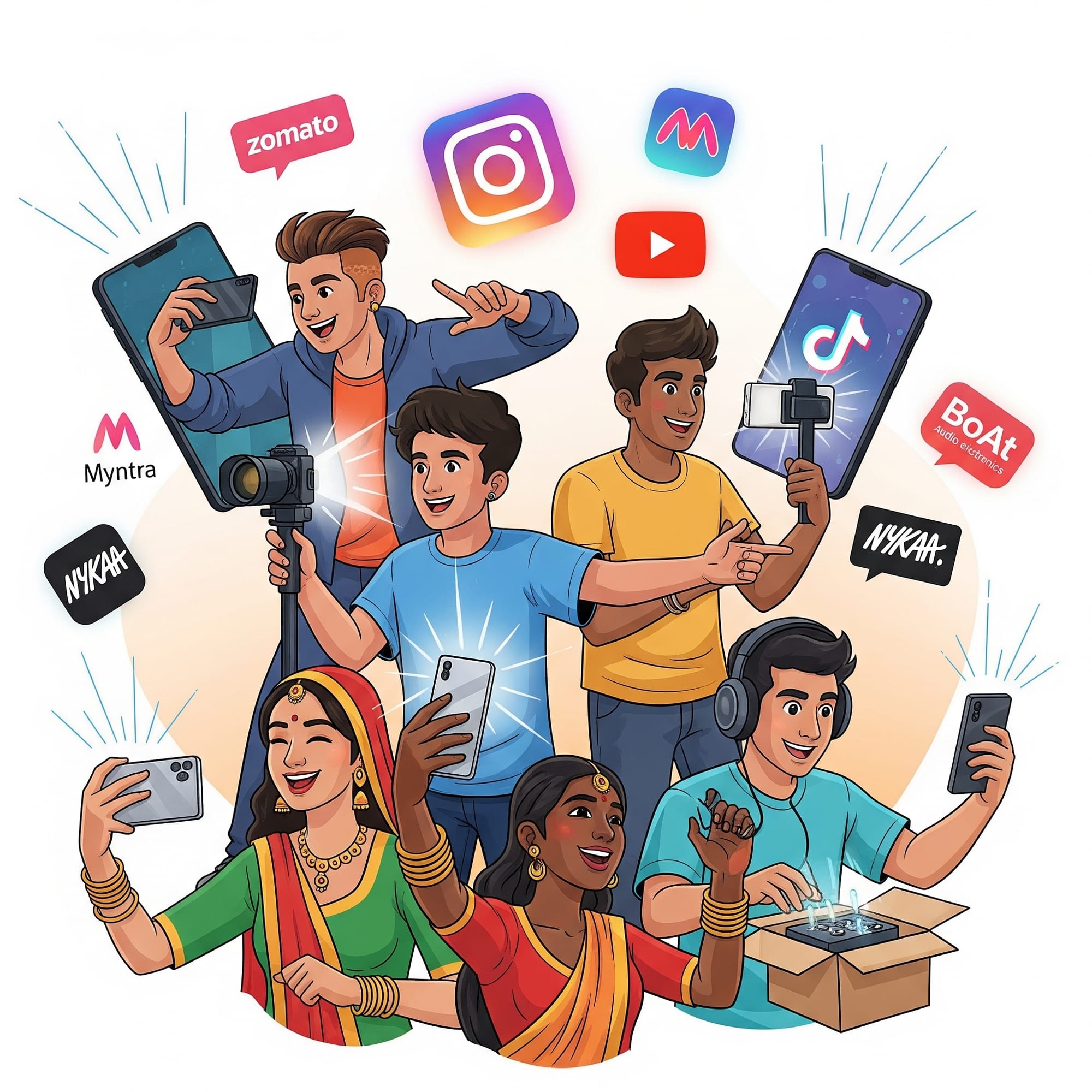
What is User-Generated Content (UGC)?
UGC refers to any form of content, reviews, reels, photos, videos, or testimonials created by real users, not brands. Its authenticity makes it highly persuasive.
Examples of UGC in Action
- Zomato & Swiggy – Both food delivery giants thrive on memes and witty reposts of customer tweets, reviews, and viral food photos, turning UGC into shareable social gold.
- Myntra’s #MyntraHaul – Shoppers post reels showcasing their fashion hauls, which Myntra often reposts, creating relatable, authentic campaigns.
- Amul – Famous for its topical cartoons, Amul now encourages fans to share photos with Amul products, amplifying them across its pages.
- Coca-Cola’s “Share a Coke” campaign (Global) – Personalized bottles inspired a flood of social shares.
- GoPro (Global) – Its entire Instagram feed is built on user footage.
If you’d like to explore the creators behind some of the most engaging user-generated campaigns, check out our blog on the Top 10 UGC Content Creators in India.
Why UGC Matters for Indian Brands
1. Authenticity in a Trust-Deficit Market
In India, where advertising is everywhere, people trust fellow shoppers more than polished campaigns. UGC acts as real-life proof that a product or service delivers on its promise.
2. High Engagement at Low Cost
Instead of spending crores on ad shoots, Indian brands like Nykaa regularly repost makeup tutorials from customers and beauty influencers. This keeps content costs low while boosting credibility.
3. Community-Driven Growth
Brands like BoAt Lifestyle encourage fans to share photos with their headphones and speakers under #BoAtHeads, creating a loyal tribe of tech-savvy brand advocates.
4. Social Proof That Converts
Flipkart’s “Customer Reviews” campaigns highlight real buyers’ experiences, reassuring new shoppers and driving conversions.
Strategies to Leverage UGC on Social Media
1. Launch Hashtag Campaigns
- Tanishq’s #ForRealMoments – Invited people to share personal milestones with Tanishq jewelry, making customers part of the brand story.
- Myntra’s #MyntraStyleCrew – Encourages users to showcase their fashion choices, creating a community-led catalog.
2. Feature Customer Content
- Nykaa frequently reposts customer reviews and makeup looks on Instagram, building authenticity and motivating others to share.
- Zomato takes quirky customer tweets and features them as social posts, humorously amplifying UGC.
3. UGC-Powered Contests & Challenges
- Pepsi India’s #SwagStepChallenge – A TikTok campaign where users recreated dance steps, generating massive UGC buzz.
- Amul has run photo contests encouraging families to share creative recipes featuring Amul products.
4. Micro-Influencer Partnerships
In India, micro-influencers (10k –100k followers) often produce relatable UGC-style content that outperforms celebrity endorsements. Brands like Mamaearth and Sugar Cosmetics regularly leverage them for authentic storytelling.
5. Blend UGC into Ads
- Ola Cabs has showcased real customer experiences in its campaigns.
- MakeMyTrip highlights traveler-generated photos and reviews in its digital ads to build trust.
Best Practices for Indian Brands Using UGC
- Always seek permission before reposting customer content.
- Give credit to creators, either by tagging them or acknowledging their contribution.
- Choose UGC aligned with Indian cultural nuances to maintain relatability.
- Encourage content in regional languages, as India’s digital audience is multilingual.
- Track which type of UGC (memes, reels, reviews, testimonials) drives the highest engagement.
Conclusion
The rise of user-generated content in India shows that audiences don’t just want to consume branded messages; they want to co-create the story. Whether it’s BoAt’s #BoAtHeads community, Nykaa’s beauty tutorials, or Zomato’s witty UGC-driven campaigns, Indian brands are proving that UGC is not only authentic but also scalable.
In the age of social media, authenticity is the strongest currency, and UGC is the most effective way to earn it. By empowering customers to become storytellers, brands can build trust, engagement, and long-term loyalty.
Ready to leverage the power of user-generated content for your brand? Partner with Fame Keeda and launch impactful UGC campaigns that connect, convert, and grow your community.



